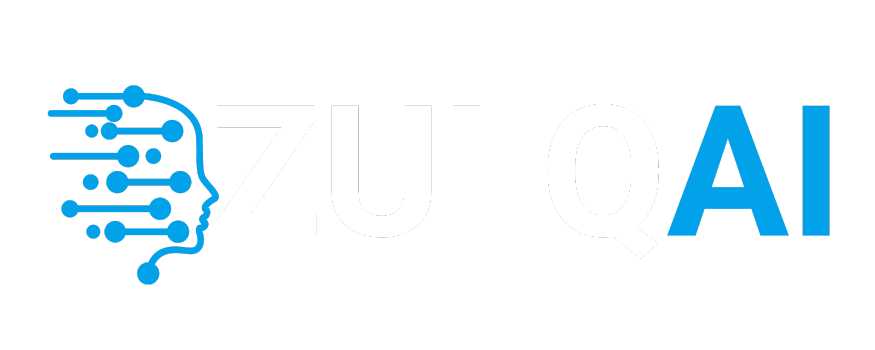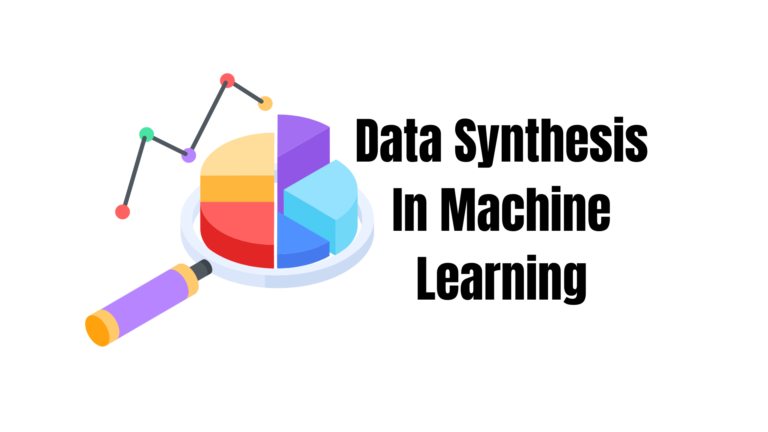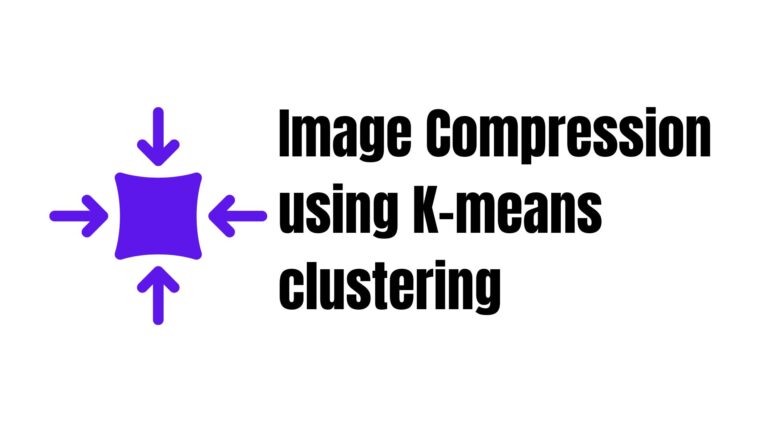Prerequisites For Hands-On Machine Learning with Scikit-Learn, Keras, and TensorFlow Book
The book “Hands-On Machine Learning with Scikit-Learn, Keras, and TensorFlow” by Aurélien Géron is a highly practical guide to machine learning and deep learning. To get the most out of it, you should have the following prerequisites:
1. Programming Knowledge
- Python: The book uses Python extensively. You should be comfortable with:
- Basic syntax (variables, loops, functions)
- Object-oriented programming (classes, methods)
- Working with libraries (NumPy, Pandas, Matplotlib)
2. Mathematics & Statistics (Basic Understanding)
- Linear Algebra: Vectors, matrices, dot products (useful for ML algorithms)
- Probability & Statistics: Mean, variance, distributions, Bayes’ theorem
- Calculus (Optional): Derivatives, gradients (helpful for deep learning)
3. Basic Understanding of Machine Learning (Optional but Helpful)
- Familiarity with fundamental ML concepts like:
- Supervised vs. unsupervised learning
- Regression, classification, clustering
- Model evaluation (train-test split, cross-validation)
4. Tools & Libraries
- Jupyter Notebook / Google Colab: Used for running code examples.
- Scikit-Learn: Basic understanding helps (the book covers it in-depth).
- TensorFlow/Keras (for Deep Learning Part): Prior exposure is a plus but not required.
5. Software & Setup
- Python (≥3.7 recommended)
- Libraries: NumPy, Pandas, Matplotlib, Scikit-Learn, TensorFlow (≥2.x)
- Installation via
piporconda(Anaconda recommended for beginners).
If you’re missing some prerequisites, the book does a good job explaining concepts as it progresses, but brushing up on Python and basic math will make learning smoother.
Resources For Prerequisites
Here are some excellent resources to help you build the necessary prerequisites before diving into “Hands-On Machine Learning with Scikit-Learn, Keras, and TensorFlow”:
1. Python Programming
If you need to strengthen your Python skills:
Books:
- Python Crash Course (Eric Matthes) – Great for beginners.
- Automate the Boring Stuff with Python (Al Sweigart) – Practical Python applications.
Online Courses:
- Python for Everybody (Coursera) – Beginner-friendly.
- Real Python Tutorials – High-quality articles and exercises.
Practice:
2. Math for Machine Learning
Linear Algebra:
- Essence of Linear Algebra (3Blue1Brown YouTube) – Visual, intuitive explanations.
- Linear Algebra Done Right (Sheldon Axler) – More rigorous.
Probability & Statistics:
- StatQuest with Josh Starmer (YouTube) – Clear, beginner-friendly stats videos.
- Practical Statistics for Data Scientists (O’Reilly) – Applied approach.
Calculus (Optional for Deep Learning):
- 3Blue1Brown’s Calculus Series
- Calculus Made Easy (Silvanus Thompson) – Friendly introduction.
3. Machine Learning Basics
Introductory Courses:
- Google’s Machine Learning Crash Course – Free, practical intro.
- Andrew Ng’s ML Course (Coursera) – Math-heavy but foundational.
Books:
- Introduction to Machine Learning with Python (Andreas Müller) – Gentle intro with Scikit-Learn.
- The Hundred-Page Machine Learning Book (Burkov) – Concise overview.
4. Tools & Libraries
NumPy/Pandas/Matplotlib:
- Python Data Science Handbook (Free Online) – Covers essential libraries.
- Kaggle’s Pandas Course – Hands-on practice.
Scikit-Learn:
5. Deep Learning (For Later Chapters)
TensorFlow/Keras:
- TensorFlow’s Official Tutorials
- François Chollet’s Deep Learning with Python – Keras creator’s book.
6. Setup & Environment
- Install Anaconda (recommended for beginners): Anaconda Distribution
- Learn Jupyter Notebooks: Jupyter Notebook Tutorial
Final Tips
- Code Along: The book is hands-on—run every example!
- Kaggle: Practice on real datasets (Kaggle Learn).
- Math Refresher: Don’t get stuck; revisit math as needed.




